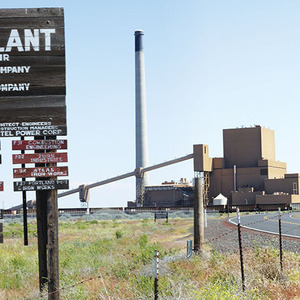Boardman Power Station to perform 24-hour biomass test




Boardman Power Station
September 16, 2016
BY Anna Simet
Boardman Power Station’s multiyear investigation of whether torrefied biomass is a suitable replacement for coal is taking a major step forward with a planned 24-hour test burn.
The 550-MW facility was built in the late 1970s, but despite its young age, the state’s decision to phase out coal left Portland General Electric with the decision to switch fuels or close down by 2020.
After emissions control upgrades were ruled out—an uneconomic choice at a price tag of $500 million—PGE began exploring its options, including natural gas which has since been ruled out, as well as the use of torrefied biomass. For the past few years, the utility has been conducting research and performing tests, the most recent of which was a torrefied biomass test burn performed in late 2015. That project, said Steve Corson, PGE communications director, used a coal and biomass mix of a 10:1 ratio. “That test was done to see if we could grind it and run it through the plant without any problems, and the answer was yes,” Corson said.
Advertisement
Now, a longer, more extensive test will be done sometime in November. “The next step is to see if we can run exclusively on biomass, and right now we’re working on getting the 8,000 tons of biomass we’ll need for that 24-hour test.”
Corson said depending on how the test burn goes, it may not be a consecutive 24-hour period, but 24 total hours over a longer period of time. He said repowering with biomass “still remains a research project for us, but the up and coming test burn will tell us more about the plant chemistry and emissions profile, and if all goes well, we’ll probably schedule additional test burns to learn more and give us a complete picture of what more is needed.”
Advertisement
The company PGE is working with for testing fuel is Oregon Torrefaction, a public-private partnership between the U.S. Endowment for Forestry and Communities, Ochoco Lumber Co., and Bonneville Environmental Foundation.
Upcoming Events





